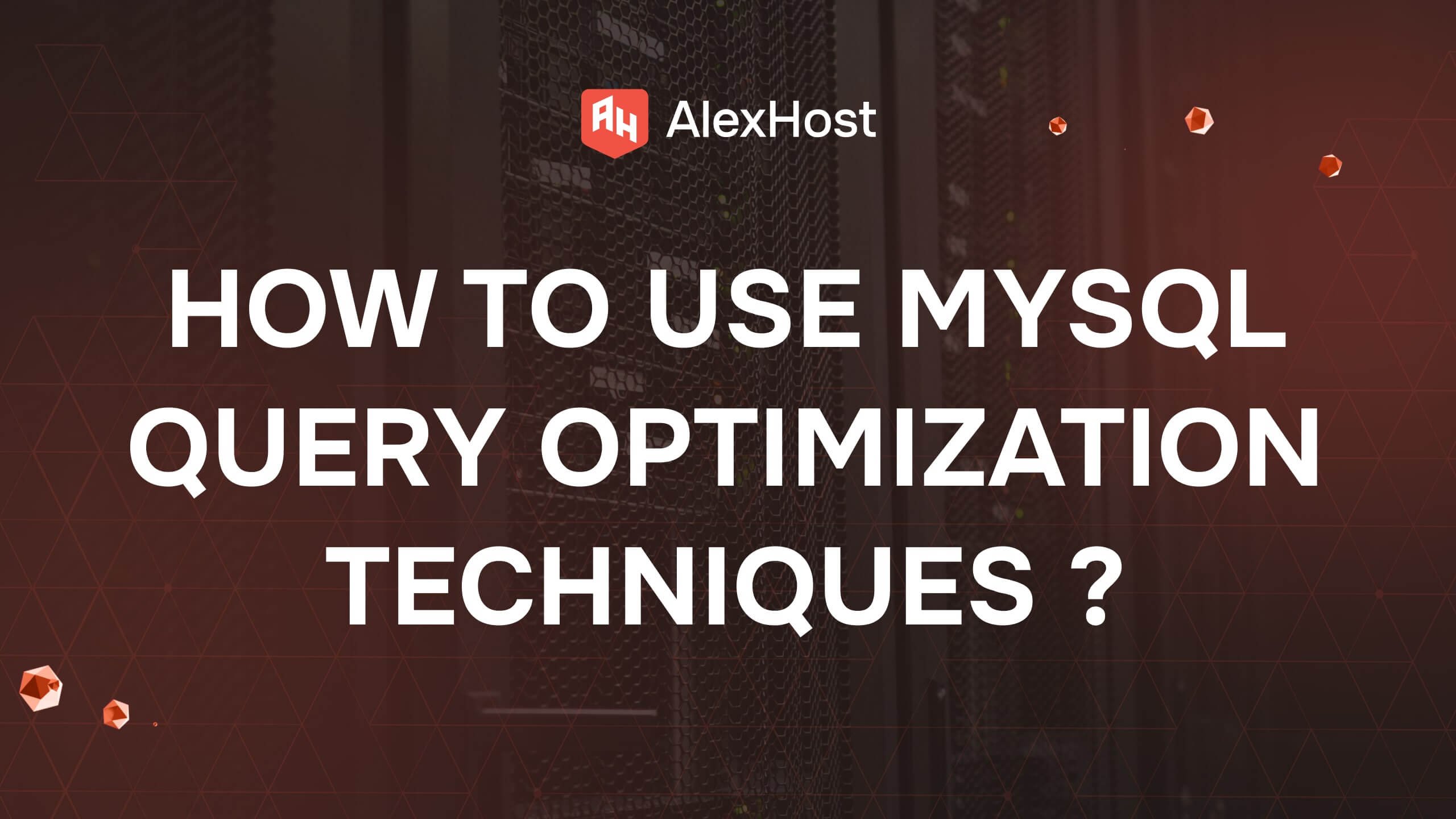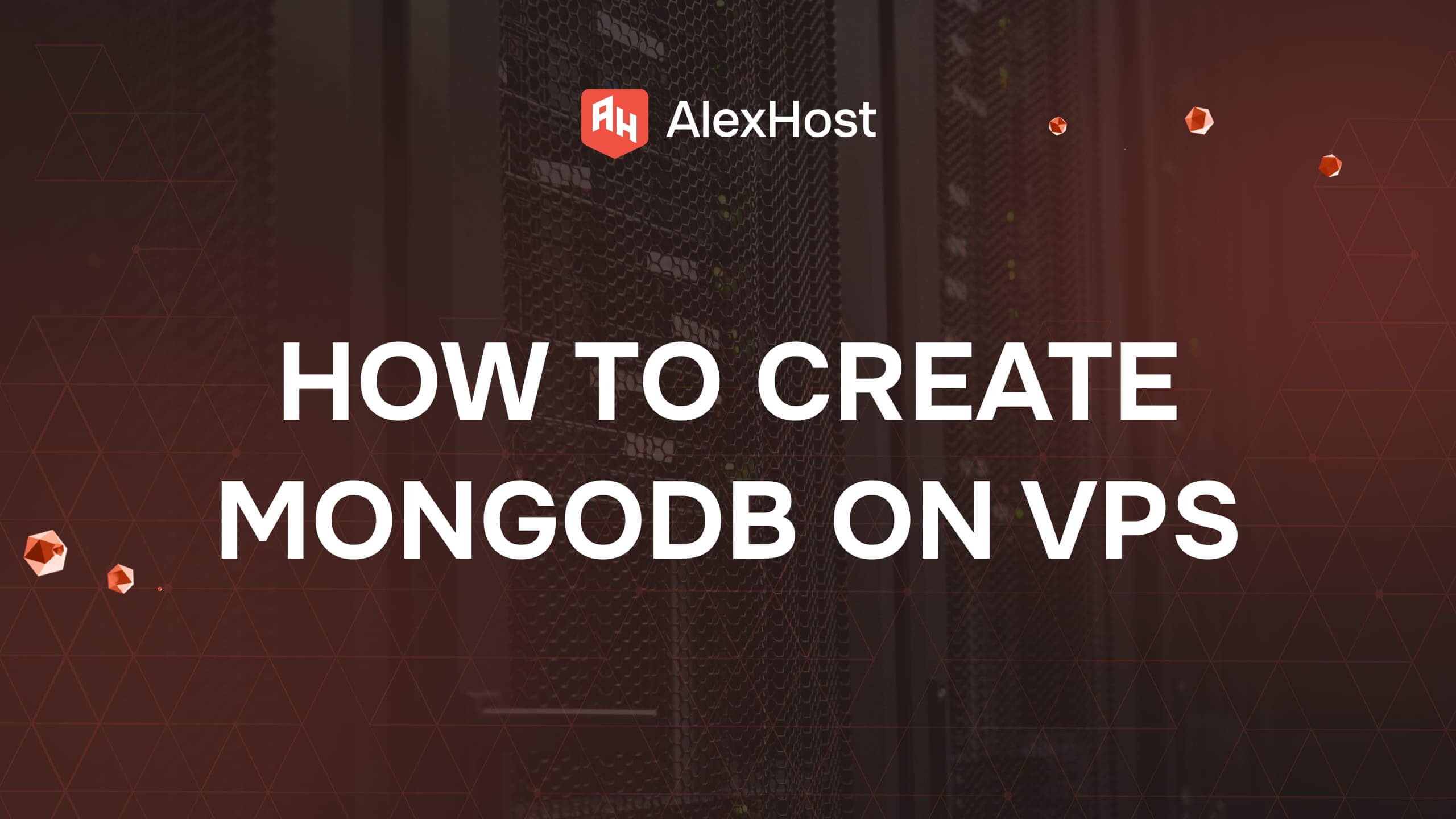How to Set Up Your Own Video Blog and Attract an Audience
Video blogging, or vlogging, is an excellent way to share content, connect with your audience, and establish a personal brand. Whether you’re passionate about travel, lifestyle, tech reviews, or any other topic, starting a video blog can help you reach a wide audience. Here’s a step-by-step guide on how to set up your own video blog and attract an audience.
Step 1: Choose Your Niche
The first step in setting up your video blog is choosing a specific niche or topic that resonates with both your interests and your potential audience.
Consider the following when choosing a niche:
- Passion: Select a topic you are passionate about to ensure that you can consistently create content.
- Expertise: Pick a niche in which you have expertise or are willing to learn and grow.
- Audience Demand: Research trends to ensure there’s a demand for content in that niche.
Popular vlogging niches include:
- Travel
- Tech reviews
- Beauty and fashion
- Fitness and health
- Gaming
- Food and cooking
Step 2: Choose a Platform for Your Video Blog
There are several platforms where you can host your video blog. The two most popular options are YouTube and your own website.
2.1. YouTube
- Pros: YouTube is the largest video-sharing platform, with a built-in audience and search capabilities. It’s easy to monetize through YouTube ads and build a subscriber base.
- Cons: You don’t own the platform, so you’re subject to YouTube’s algorithm and rules.
2.2. Self-Hosted Video Blog
- Pros: You have full control over your content and website. You can integrate a blog, eCommerce features, or other customizations. WordPress with a plugin like YouTube Embed Plus or Vimeo integration is a popular choice.
- Cons: Requires more effort to drive traffic compared to YouTube.
Tip: Many video bloggers use both YouTube and their own website to get the best of both worlds—YouTube for reach and traffic, and their website for full content control.
Step 3: Create a Website and Blog
Even if you primarily host your videos on YouTube, having a website helps establish your brand and gives you a platform to promote other content like blog posts, products, or newsletters.
3.1. Choose a Domain Name and Hosting
- Choose a domain name that reflects your vlog’s topic or brand.
- Purchase hosting service.
3.2. Install WordPress
- WordPress is the most popular CMS and is ideal for hosting your video blog. Many hosting providers offer one-click WordPress installation.
3.3. Install a Video Blog Theme
- Choose a WordPress theme designed for video content. Themes like VideoPro, Vlog, and Vidiho are great options for video bloggers.
3.4. Embed Videos
- Use plugins like Embed Plus for YouTube or Vimeo Video Embed to easily embed videos from YouTube or Vimeo onto your blog posts.
Step 4: Invest in Quality Equipment
High-quality video content requires good equipment. You don’t need the most expensive gear, but the basics will improve the quality of your vlogs.
Essential equipment includes:
- Camera: A good DSLR, mirrorless camera, or even a high-quality smartphone camera can work.
- Microphone: Clear audio is crucial. Invest in a good external microphone (like a lavalier mic, shotgun mic, or USB mic).
- Lighting: Proper lighting makes your video look professional. Use natural light or softbox lighting for indoor shoots.
- Tripod or Stabilizer: Keep your camera steady with a tripod or stabilizer, especially for action shots.
Step 5: Plan and Create Content
Consistency is key when growing a video blog. Develop a content strategy and plan your videos in advance.
5.1. Content Ideas
- How-to videos: Teach your audience something useful.
- Reviews: Share your thoughts on products, places, or experiences.
- Vlogs: Share personal experiences, behind-the-scenes content, or daily activities.
- Collaborations: Partner with other vloggers to cross-promote and grow your audience.
5.2. Script and Plan Your Videos
Even if you’re creating casual vlogs, having a loose script or outline helps keep you on track and ensures you cover key points.









